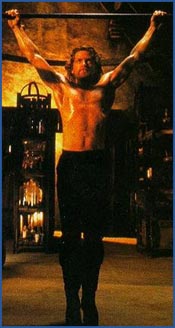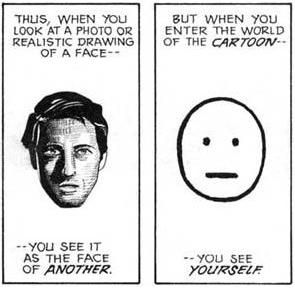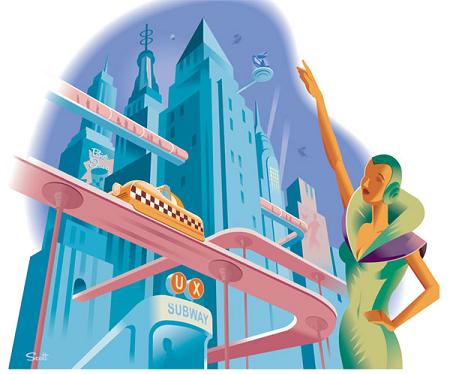When we use the word “language” we mean at least two different things. There are natural languages, such as English, French, Japanese and Greek, and then there are artificially designed languages, like programming languages such as C and Java. There is a big difference between the two.
For one thing, a natural language gets passed down (and evolved) by generations of people. It has to be “naturally learnable”, which means it has to be learnable by two year olds. Actually, little children have super powers: A kid will absorb language like a sponge, with no conscious effort – something most adults cannot do. But children can only perform this amazing feat with natural languages – a kid wouldn’t be able to pick up, say, Java programming in the same way.
Actually, children don’t just learn natural language. Linguist Ann Senghas and her colleagues have documented how a community of deaf children, in just a few generations, spontaneously evolved Nicaraguan Sign Language, a fully mature natural language, from disordered gesture fragments. By “fully mature” I mean that NSL, which has existed for only a few decades, is already as grammatically and linguistically mature and evolved as English, French, Japanese, Greek or any other natural language.
One reason I’m interested in this is that I’d like to explore the question of whether we could get children to build us a bridge between natural language and computer languages. Specifically, could we create an environment for a community of children in which their natural language creation abilities could be put to work to evolve a naturally learnable language that would also be understandable by a computer? Such a cross-over language might contain operations roughly equivalent to procedures, loops, variables and other elements of programming.
This is trickier than you might think. For one thing, programming languages are generally context free – every statement can be parsed in only one way, thereby making it possible for the computer to understand what we want it to do. In contrast, natural languages are context sensitive – even the very grammar of a sentence can be ambiguous and dependent on context. As Groucho Marx once said: “Time flies like an arrow. Fruit flies like a banana.”
If we can create an on-line environment for kids to play together, maybe a place where they can develop fun games, which allows them to evolve a context free language (so the computer software has a chance of understanding what’s going on) will the kids embrace that as a way of communicating, and will their spontaneous language generation skills kick in? I suspect we’ll have to help by designing a graphic user interface that always shows the kids what the computer is able to understand.
What’s the long term goal of all this? Well, if we’re successful, then the sort of people who do not think of themselves as computer programmers – in other words, almost everybody – will be able to grow up being able to tell computers to do things in ways that are now available only to the programmer priesthood. Maybe you could just tell your computer something like:
“Find me a jewelry box for under $200 from some store in my neighborhood that matches the color of my niece’s wedding dress, and put a deposit on it.”
I suspect that the way we’ll say this to a computer will look neither like English nor like today’s programming languages. It will be something new. I do believe that by making use of the language generation capabilities of children, we might be able to evolve an effective way for anybody to possess the power of programming without even thinking about it. Once an ordinary person can casually tell a computer what he/she wants it to do, imagine how that might transform the ways we use future generations of search tools like Google, on-line markets like Ebay, and social networks like Facebook.















